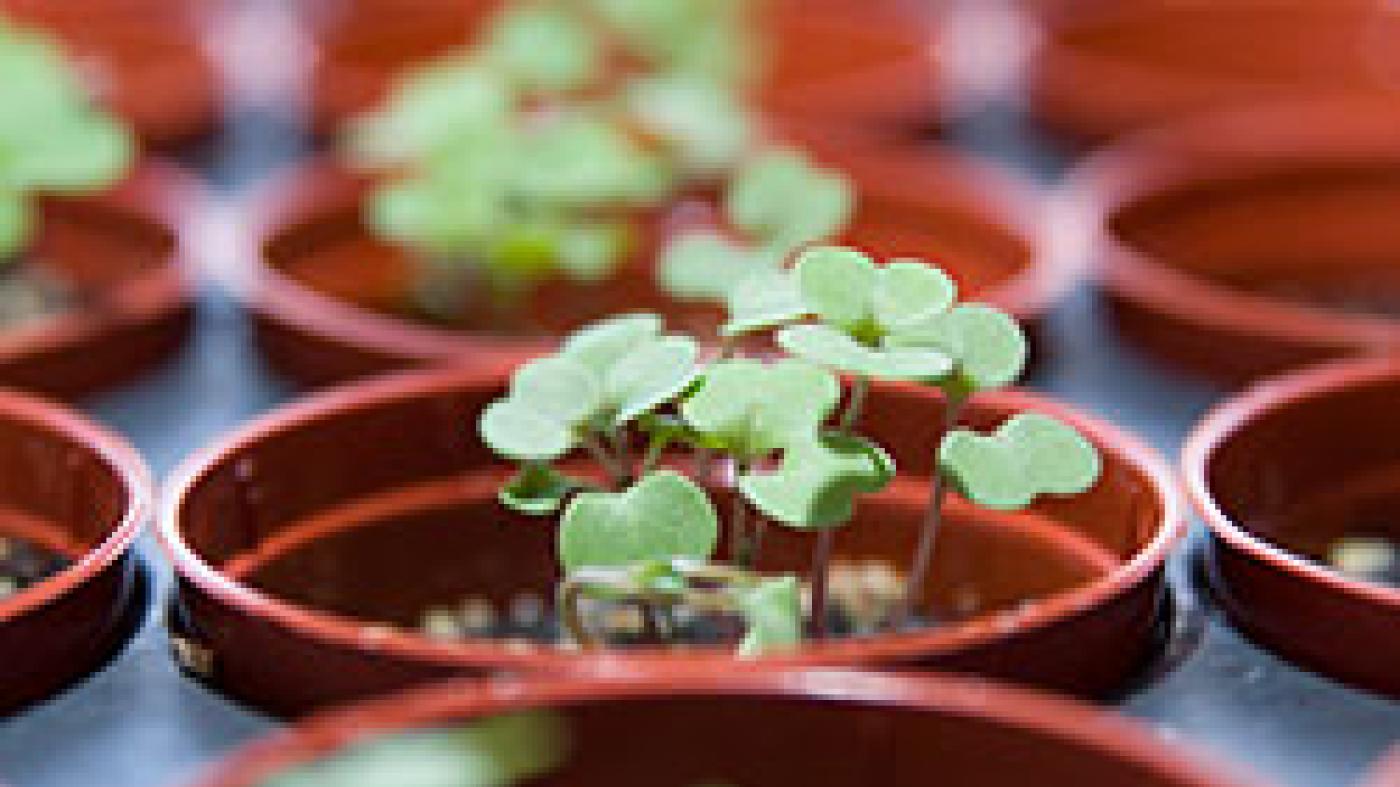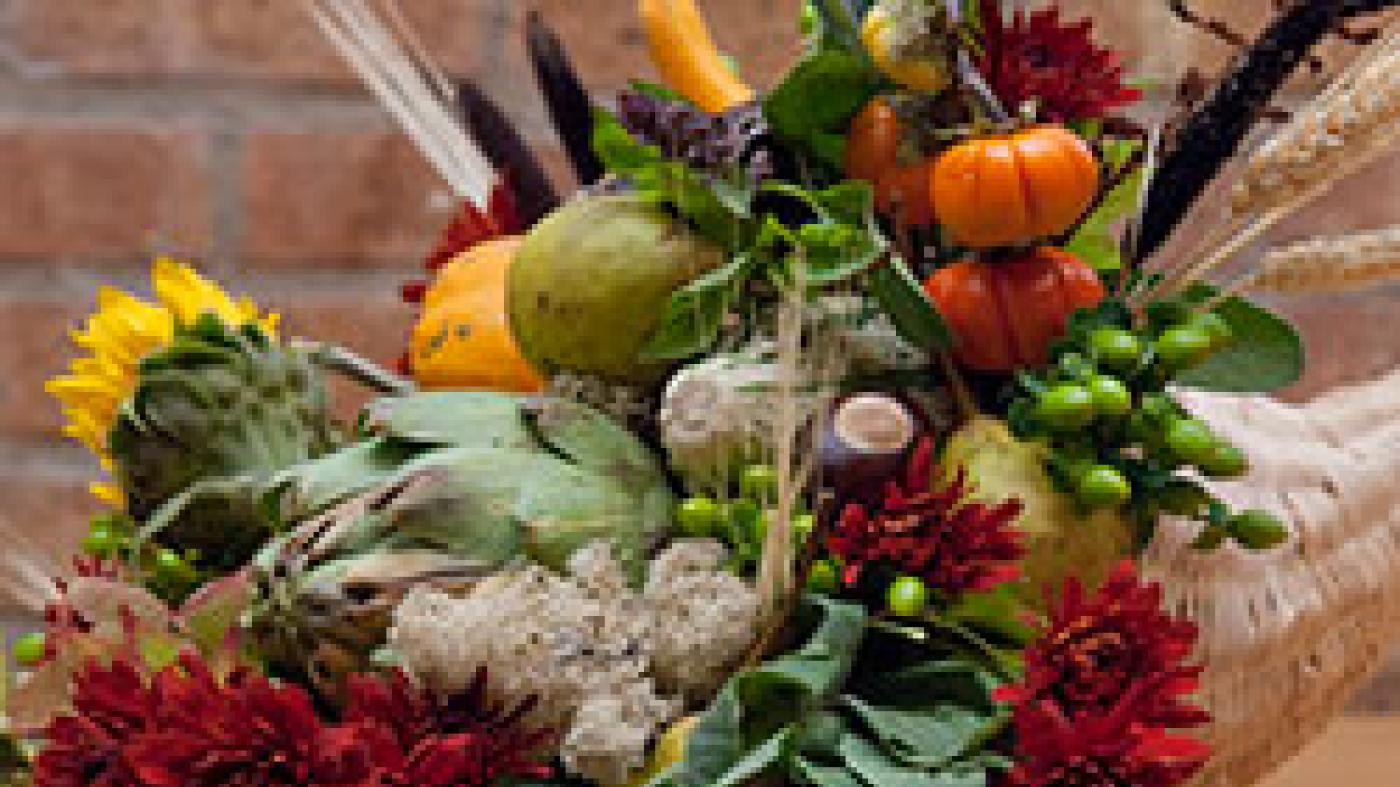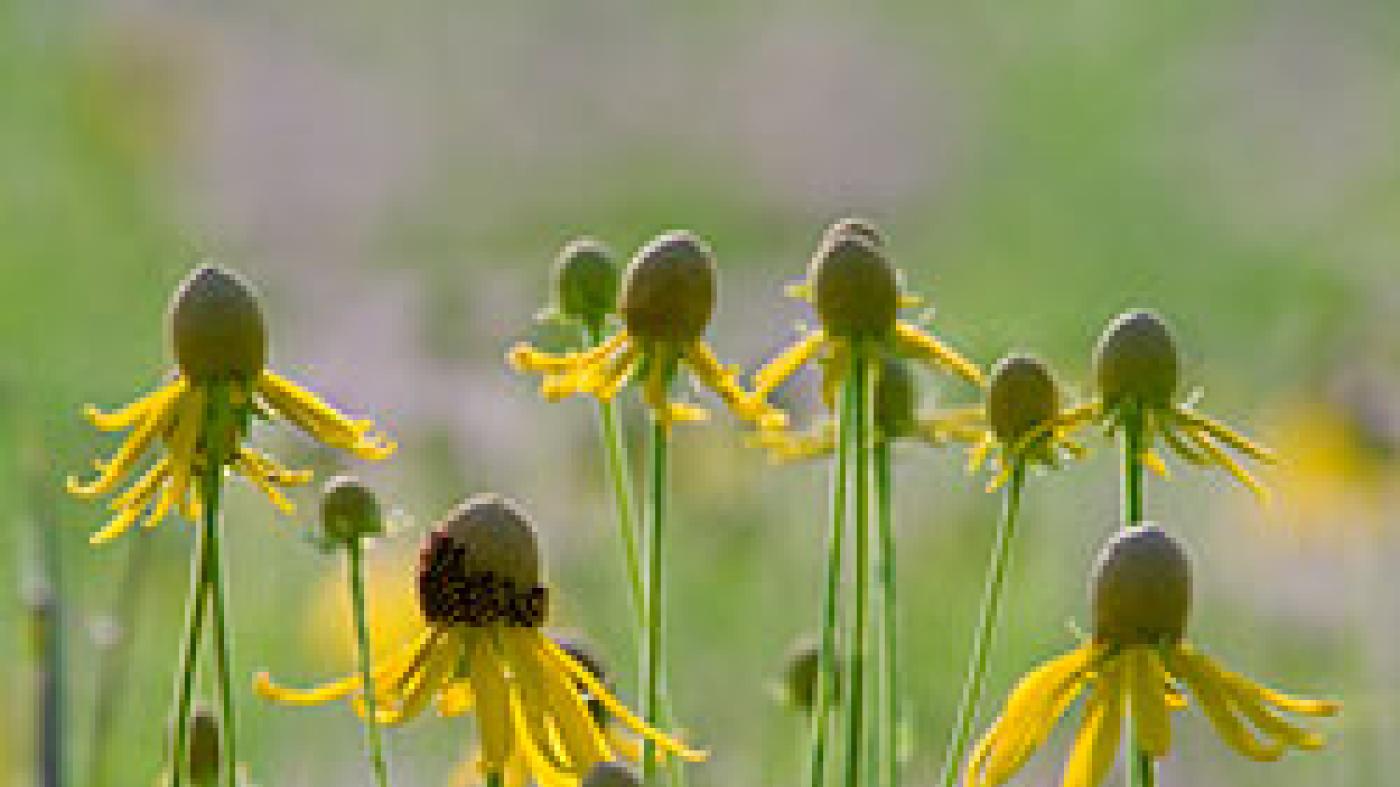Miscellaneous

Using seeds from years' past
Q. I found some stored seeds from previous years. Can I use them this growing season?

Q. Do you have any tips on making a fall centerpiece?
A. Build your own cornucopia with our Cornucopia 101 by Nancy Clifton!

Leave No Trace
Q: On a recent camping trip, I saw signs saying, “Take only memories and leave only footprints.” What exactly does that mean and why is it important?
Saving seeds
Q. What is the best way to save seeds?
A. Open pollinated or heirloom varieties are best for saving. Seeds from hybrid varieties should not be collected because they will not come true to form. It is best to store seeds in a cool and dry condition. Warmth and moisture can cause them to deteriorate. A refrigerator is ideal if space is available. Store collected seeds in an airtight container, such as glass jars, metal containers, or paper envelopes. Seed stored outdoors in garages or sheds should be kept in sealed containers to keep them away from rodents.
Starting tomatoes indoors
Q: How do I start tomato seedlings indoors?
A: To grow your own tomatoes for transplanting outdoors, sow the seeds indoors four to six weeks before the usual last frost (around May 15 in the Chicago area).
Use a sterile seed starting mix and any containers that will hold soil, provide drainage, and accommodate growing roots. Moisten the soil, place two seeds in the pot, and cover lightly with more soil mix. Cover the pots with clear plastic to keep the soil evenly moist and place the plants in a warm location until germination occurs.
Landscape Designers
Q. Can you recommend a landscape designer?
A. While Plant Information Service does not recommend specific landscape designers, we maintain current lists of resources that provide various gardening services. Please contact Plant Information at (847) 835-0972 or Click here to show mail address for an updated list of service providers in your area.
Aggressive and invasive plants
Q. What is the difference between aggressive and invasive plants?
A. The Chicago Botanic Garden defines an invasive plant as “a species, usually nonnative, that is able to establish itself within existing native plant communities and is posing a threat to the integrity of the community.”
An aggressive plant is one that spreads faster than preferred, or into an area of your garden where it is unwanted. A plant may be aggressive in one area of a garden or neighborhood and well behaved in another.

